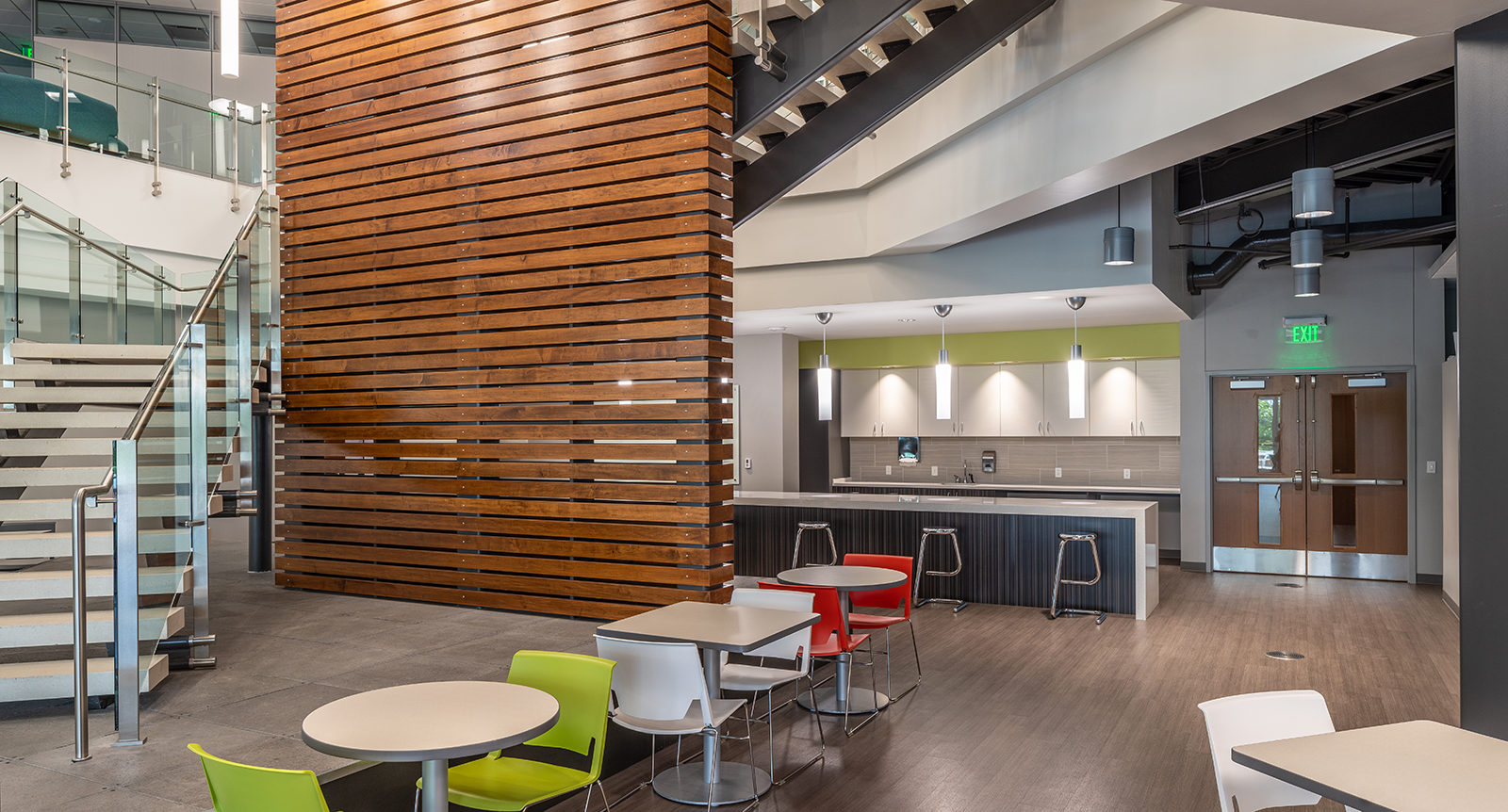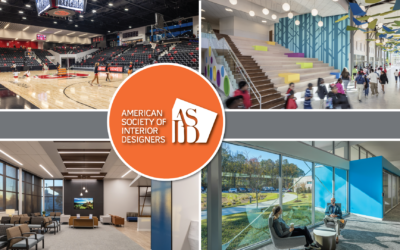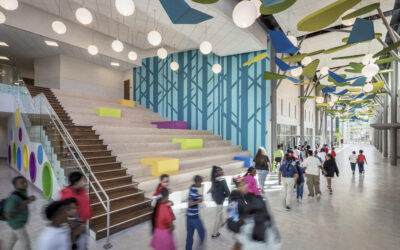The changing world is constantly influencing how and where we work. Workplaces are more engaging, becoming spaces where people can connect and share ideas.
New strategies challenge traditional workplaces. Well-designed spaces can communicate a company’s identity and be a great recruitment and retention tool. Designing places for people to have a choice in their surroundings helps increase employee satisfaction. Because of this, interior designers focus on providing a variety of spaces that support an engaging work environment. Comfort, connection to nature, and scientifically proven environments are becoming more popular than ever.
Healthcare, education, industrial/manufacturing, hospitality, and other industries all have special requirements to address when designing interiors. The design trends resimerical, biophilia, and evidence-based design may not sound like much to most, however they have a huge effect on spaces you visit every day. Interior designers work to coordinate and implement these concepts to improve the function of space, the productivity in work environments, and ultimately the quality of life.
Resimerical is a design hybrid, incorporating elements of residential design into commercial workspaces. Currently, commercial furniture manufacturers are infusing this style into commercial interiors, especially in the arena of mid-century modern options. Collaboration spaces are a good example of a more relaxed, residential-type setting. Cromwell introduced this style within their collaboration spaces, even going as far as to create a meeting area called the living room that incorporates the furnishings of a mid-century modern home. This space allows employees to meet in a comfortable and relaxed environment.
Biophilic design integrates nature and natural elements, materials, and forms into architecture and interiors. This design style is important for physical and mental well-being. It can help reduce stress while increasing creativity and focus. Examples of this go beyond adding plants into a built environment. It includes visual connectivity with nature from the interior of a building, adding living walls on building exteriors, and green walls for interiors. Using glass on building facades so that everyone may benefit from visual connection to nature is often implemented in new construction. A beautiful example of this is the ArcBest Corporate Headquarters in Fort Smith. It sits at the top of a hill overlooking the Ozark Mountains and Arkansas River Valley. Floor to ceiling glass walls bring in natural light and helps connect its employees to nature.
Evidence-based design is the process of constructing a building or physical environment based on scientific research to achieve the best possible outcomes. It is especially important in the medical field, where research has shown that the environment can affect patient outcomes. It enhances the patient experience, assists with staff retention, helps to reduce mistakes, assists with infection prevention, and reduces slip and fall issues in the healthcare environment. The Department of Defense even requires evidence-based design be used in their healthcare facilities and many of their own interior designers are EDAC certified individuals.
Social spaces in the workplace are also becoming more popular. Cromwell developed collaborative spaces in the middle of their design studio in The Paint Factory that include work tables, lounge areas with marker boards, and a coffee bar with a dining table. ArcBest has a community room called The Truck Stop, a multi-functional space for indoor/outdoor dining and meetings. And, Rock Dental Brands is incorporating an entire coffee shop into their headquarters space in The Distillery Building so employees can enjoy a coffee shop work environment on-site.
As the workforce changes, we will certainly see new workplace trends emerge. In order to thrive, organizations must assess their own business goals and create the interior spaces that make sense for their own workforce.
This article was originally published in AMP News Online.




